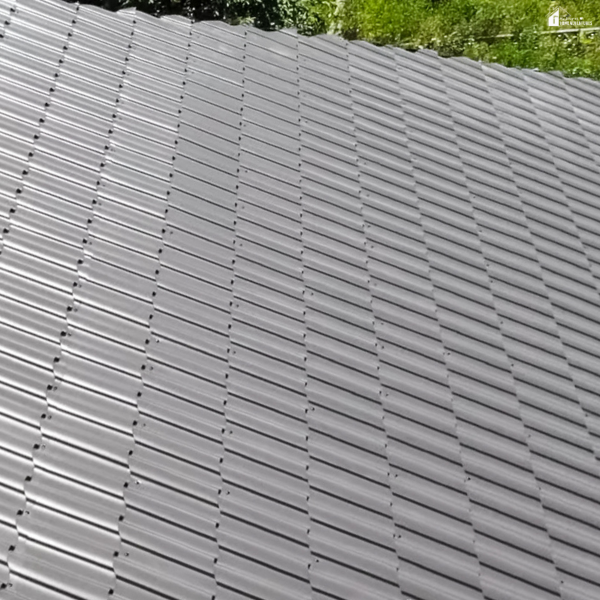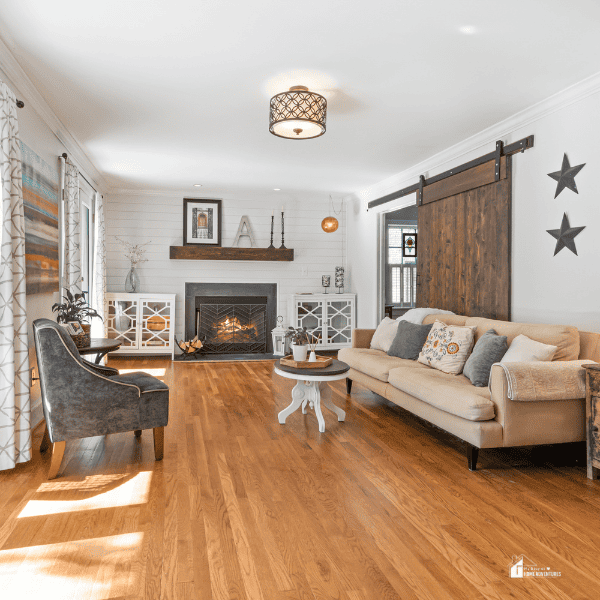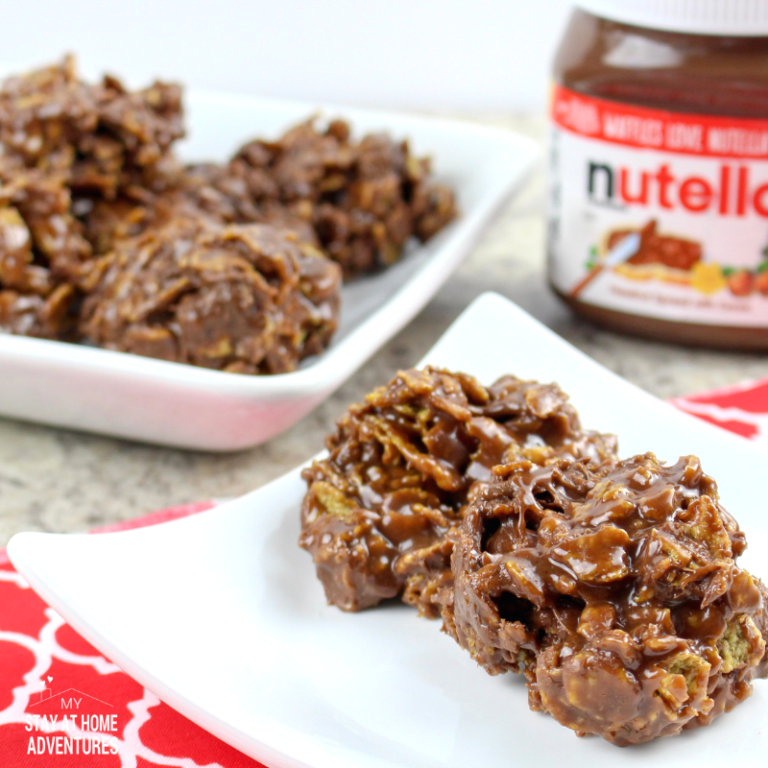Why the Right Roofing Material Makes or Breaks Your Flat Roof’s Lifespan
This post may contain affiliate links which might earn us money. Please read my Disclosure and Privacy policies hereFlat roofs have become increasingly popular in both residential and commercial architecture. Their sleek, modern aesthetic and efficient use of space make them an attractive option for many property owners.
However, the longevity and performance of a flat roof heavily depend on the choice of roofing material. Selecting the right material can mean the difference between a roof that lasts for decades and one that requires frequent repairs or replacement.

The Role of Coverings Made for Flat Designs
When it comes to flat roofs, the right coverings made for flat designs can significantly enhance the roof's performance and lifespan. These coverings are specifically engineered to address the unique challenges posed by flat roofing systems. They provide additional waterproofing, UV protection, and insulation, which can help mitigate the risks associated with flat roofs.
For instance, high-quality membranes can prevent water pooling and reduce the risk of leaks, while reflective coatings can improve energy efficiency. When selecting coverings, consider factors such as compatibility with existing materials, ease of installation, and warranty options.
Understanding Flat Roofs
Flat roofs are not entirely flat; they typically have a slight pitch to facilitate water drainage. This design can lead to unique challenges, particularly concerning water pooling, UV exposure, and temperature fluctuations. Therefore, the materials used must be durable, waterproof, and capable of withstanding the elements.
Common Flat Roofing Materials
1. EPDM (Ethylene Propylene Diene Monomer):
EPDM is a synthetic rubber roofing membrane known for its durability and flexibility. It can withstand extreme weather conditions, making it a popular choice for flat roofs. Its lifespan can exceed 30 years with proper maintenance.
2. TPO (Thermoplastic Olefin):
TPO is a single-ply roofing membrane that reflects sunlight, helping to reduce energy costs. It is lightweight and easy to install, but its longevity can vary based on the quality of the installation and the specific product used.
3. PVC (Polyvinyl Chloride):
PVC roofing is known for its strength and resistance to chemicals and fire. It is also highly reflective, which can contribute to energy efficiency. However, it can be more expensive than other options.
4. Built-Up Roofing (BUR):
This traditional method involves layering asphalt and felt to create a durable, waterproof surface. While it has a proven track record, BUR can be heavy and may require more maintenance over time.
5. Modified Bitumen:
This material combines asphalt with modifiers to enhance its performance. It is often installed in layers and can be applied using various methods, including torching or cold adhesive.

The Importance of Choosing the Right Material
The choice of roofing material is crucial for several reasons:
Durability: Different materials have varying lifespans and resistance to weather conditions. For instance, EPDM can last over 30 years, while TPO may require replacement sooner if not properly installed.
Maintenance: Some materials require more upkeep than others. For example, BUR may need regular inspections and repairs, while EPDM is relatively low-maintenance.
Energy Efficiency: Reflective materials like TPO and PVC can help reduce cooling costs, making them a smart choice for energy-conscious homeowners.
Cost: While initial costs are important, consider the long-term value. A cheaper material may save you money upfront, but could lead to higher repair costs down the line.
Factors to Consider When Choosing Roofing Materials
When selecting the right roofing material for your flat roof, consider the following factors:
1. Climate: The local climate plays a significant role in material selection. In areas with heavy rainfall, a waterproof material like EPDM or PVC may be ideal. Conversely, in hotter climates, reflective materials can help keep your building cool.
2. Building Structure: The weight of the roofing material is essential, especially for older buildings. Ensure that the structure can support the chosen material without compromising its integrity.
3. Aesthetic Preferences: While functionality is key, the appearance of your roof also matters. Some materials offer a more modern look, while others may suit traditional architecture better.
4. Budget: Determine your budget not just for installation but also for long-term maintenance and potential repairs. Investing in high-quality materials can save you money in the long run.
5. Installation: The quality of installation is just as important as the material itself. Poor installation can lead to leaks and other issues, regardless of the material chosen. Always hire experienced professionals for the job.
Conclusion
Choosing the right roofing material for your flat roof is a critical decision that can impact its lifespan, maintenance needs, and overall performance. By understanding the various options available and considering factors such as climate, building structure, and budget, you can make an informed choice that will serve your property well for years to come.
Investing time and resources into selecting the right material and ensuring proper installation will pay off in the long run, providing you with a durable, efficient, and aesthetically pleasing flat roof. Whether you opt for EPDM, TPO, PVC, or another material, remember that the right choice can make all the difference in protecting your investment.








